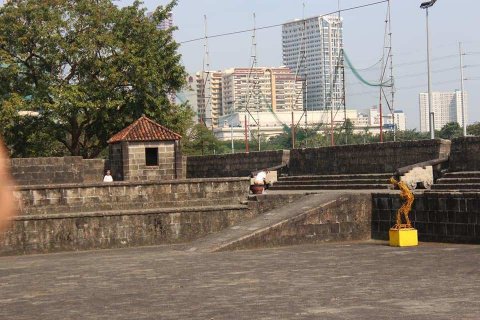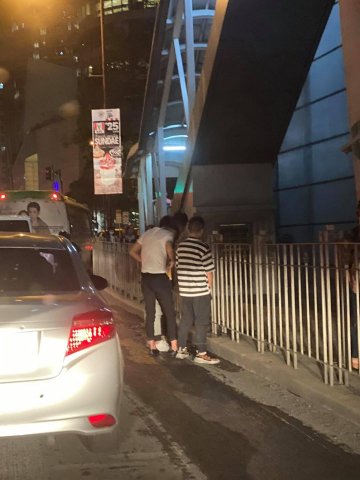Metro Manila Mayor Isko Moreno ordered Manila Police District Special Mayor’s Reaction Team (MPD SMaRT) to launch a manhunt operation against the tourist who defecated in Intramuros on Sunday morning.

Photos of the said incident circulated online. The images uploaded by Vovo PH showed a seemingly elderly defecating in a pot in an area in Baluarte de Dilao, Intramuros.
Vovo PH also uploaded a photo of Chinese nationals urinating near Ayala Avenue.

Tourist defecated publicly in Intramuros, manhunt ops ordered
However, it is not clear whether the tourist is a man or a woman. It was not also clear if the tourist is a Filipino or a foreigner but many claimed it was a Chinese national.
In August 2019, a stretch of Boracay beach was closed to the public after a female tourist allowed her child to defecate at the water’s edge.
In a video uploaded to social media on August 13, 2019, the woman can be seen holding her child over the water while another woman allegedly buries a soiled diaper in the sand.
Intramuros (Latin for “within the walls”) is the 0.67 square kilometers (0.26 sq mi) historic walled area within the modern city of Manila, the capital of the Philippines.
Intramuros is also called the Walled City, and at the time of the Spanish, Empire was synonymous with the City of Manila. Other towns and arrabales (suburbs) located beyond the walls are referred to as “extramuros”, Latin for “outside the walls.” It was the seat of government and political power when the Philippines was a component realm of the Spanish Empire. It was also the center of religion, education, and economy.
